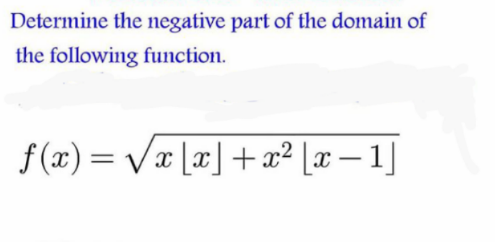
AllQuestion and Answers: Page 611
Question Number 158477 Answers: 2 Comments: 0
Question Number 158529 Answers: 1 Comments: 0
Question Number 158528 Answers: 0 Comments: 0
Question Number 158472 Answers: 1 Comments: 1

Question Number 158469 Answers: 2 Comments: 0
Question Number 158465 Answers: 1 Comments: 0

Question Number 158455 Answers: 1 Comments: 0

Question Number 158450 Answers: 0 Comments: 0
$$\mathrm{Demontrer}\:\mathrm{que}\:\mathrm{min}\mathbb{N}=\mathrm{0} \\ $$
Question Number 158444 Answers: 1 Comments: 5
Question Number 158443 Answers: 1 Comments: 0
Question Number 158438 Answers: 1 Comments: 2

Question Number 158437 Answers: 0 Comments: 0

Question Number 158410 Answers: 2 Comments: 0

Question Number 158405 Answers: 2 Comments: 0
Question Number 158403 Answers: 0 Comments: 0

Question Number 158402 Answers: 0 Comments: 0
Question Number 158417 Answers: 1 Comments: 0
Question Number 158420 Answers: 1 Comments: 0
Question Number 158419 Answers: 0 Comments: 0

Question Number 158396 Answers: 1 Comments: 0
Question Number 158391 Answers: 2 Comments: 1
Question Number 158383 Answers: 1 Comments: 0
Question Number 158379 Answers: 0 Comments: 1
Question Number 158378 Answers: 1 Comments: 0
Question Number 158422 Answers: 2 Comments: 1

Question Number 158421 Answers: 2 Comments: 0

Pg 606 Pg 607 Pg 608 Pg 609 Pg 610 Pg 611 Pg 612 Pg 613 Pg 614 Pg 615
